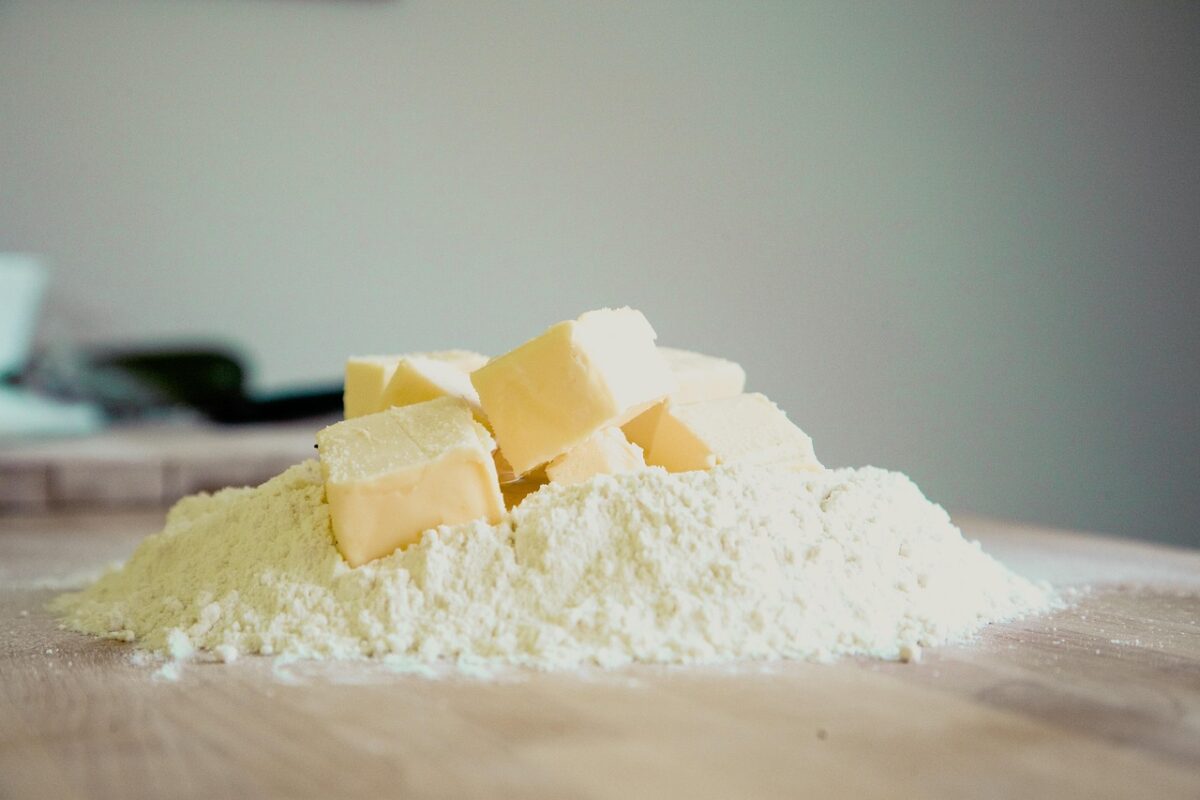Baking powder is a staple ingredient in many recipes, acting as a leavening agent that helps baked goods rise and achieve a light, fluffy texture. However, there may be times when you find yourself out of baking powder or simply want to explore alternatives. Whether you’re in the middle of a baking project or planning ahead, understanding baking powder substitutes can help you achieve delicious results without compromising your recipes. This guide will provide you with practical baking powder alternatives, their ratios, and tips for successful baking.
Baking powder is a combination of an acid, a base, and a filler, usually cornstarch. It is essential in recipes that require a leavening agent, as it produces carbon dioxide gas when mixed with moisture and heat. This gas forms bubbles in the batter, causing it to expand and rise, resulting in light and airy baked goods. Without baking powder, cakes, muffins, and breads can turn dense and flat, impacting both texture and taste.
Quick Reference: Best Baking Powder Substitutes
- Baking soda + cream of tartar
- Buttermilk
- Yogurt
- Vinegar
- Self-rising flour
How to Substitute Baking Powder: Ratios and Tips
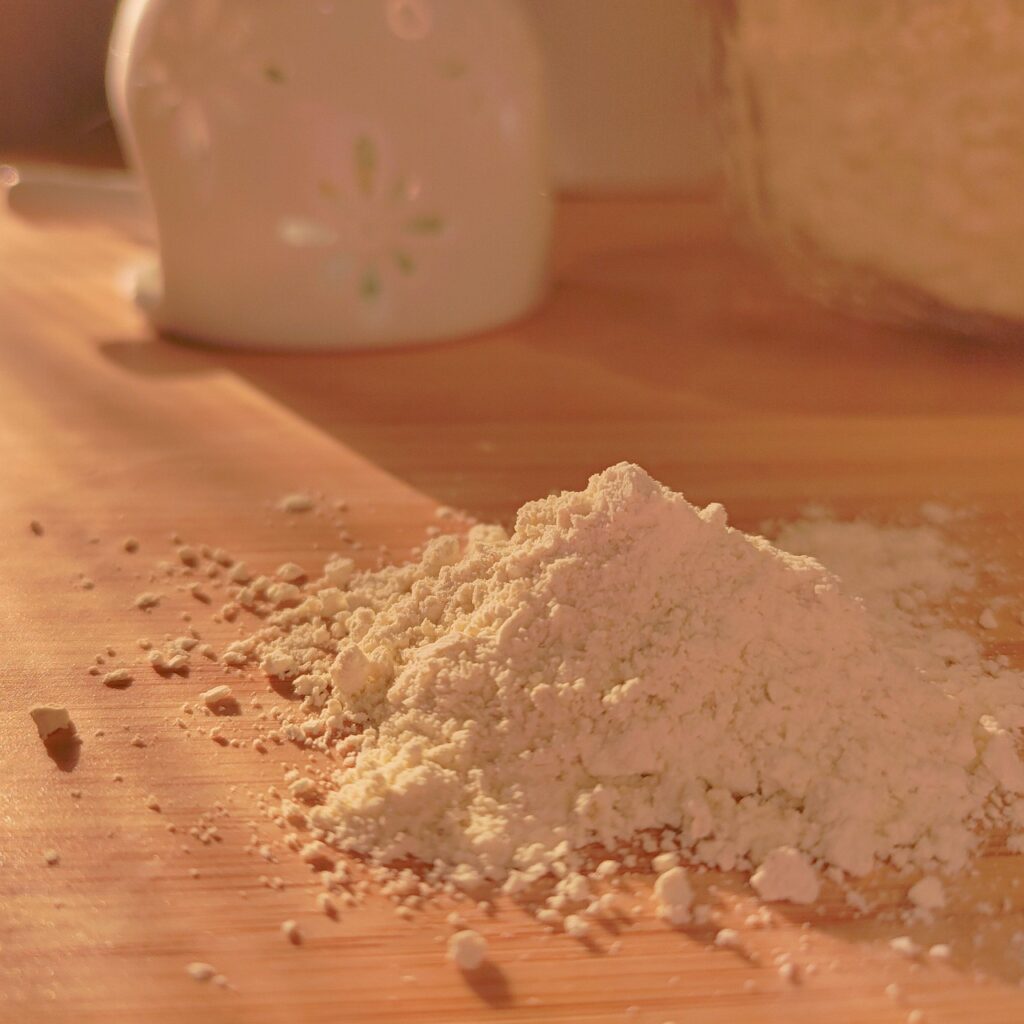
When substituting baking powder, it’s crucial to understand the right ratios to maintain the desired texture and rise in your baked goods. Below are some effective substitutes along with their recommended ratios.
Baking Soda + Cream of Tartar
This combination mimics the leavening action of baking powder. Use 1/4 teaspoon of baking soda plus 1/2 teaspoon of cream of tartar to replace 1 teaspoon of baking powder. This is ideal for recipes that already include acidic ingredients.
Buttermilk
Buttermilk is slightly acidic, which can activate baking soda. To replace 1 teaspoon of baking powder, use 1/2 cup of buttermilk and reduce the liquid in your recipe by 1/2 cup. Best used in pancakes, cakes, and muffins.
Yogurt
Similar to buttermilk, yogurt adds acidity to activate baking soda. To substitute 1 teaspoon of baking powder, use 1/2 cup of plain yogurt and decrease the liquid content in your recipe by 1/2 cup. Great for moist cakes and muffins.
Vinegar
Vinegar reacts with baking soda to create lift. For each teaspoon of baking powder, combine 1/4 teaspoon of baking soda with 1 teaspoon of vinegar. This works well in recipes that can handle the tangy flavor, such as chocolate cakes.
Self-Rising Flour
Self-rising flour already contains baking powder and salt. To substitute 1 teaspoon of baking powder, you can use 1 cup of self-rising flour and omit other leavening agents and salt in your recipe. Ideal for quick breads and pancakes.
Top Baking Powder Alternatives Explained
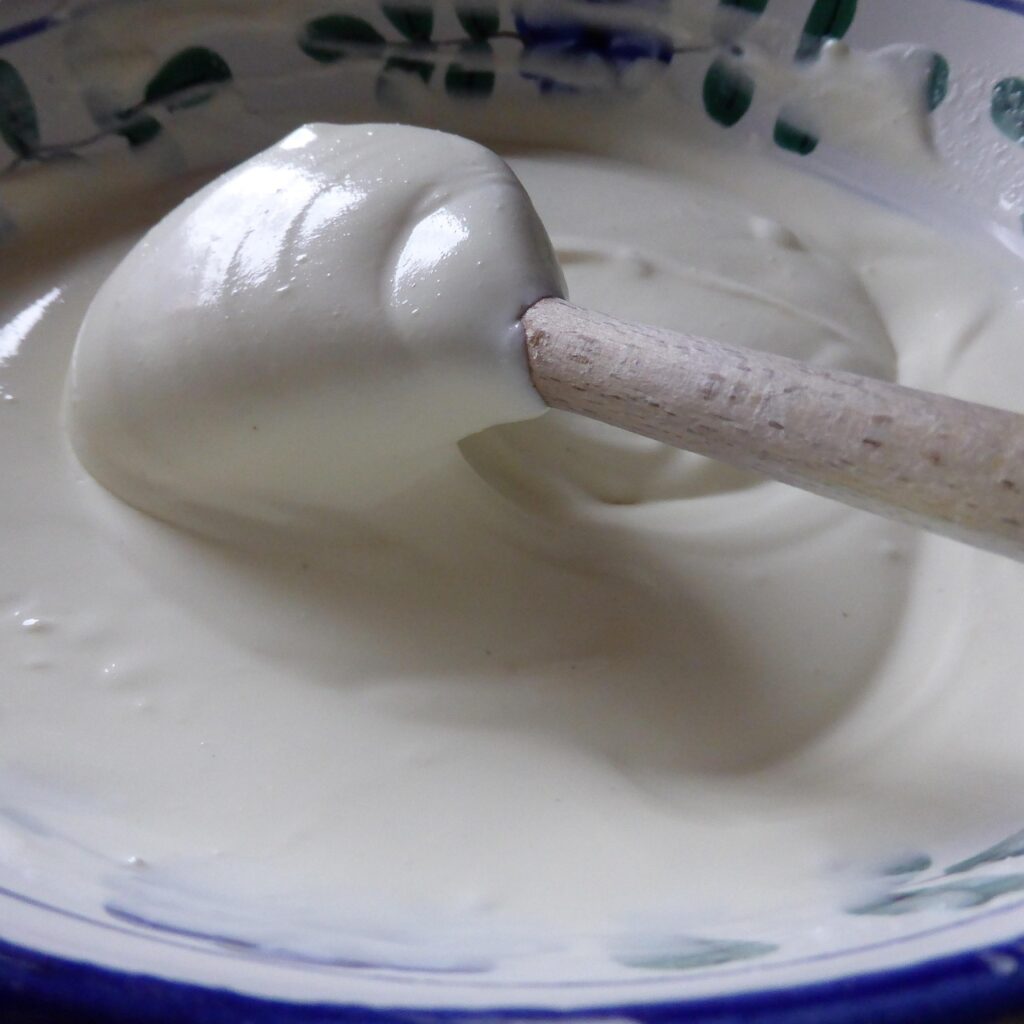
Each substitute has its strengths and is best suited for certain types of recipes. Here’s a deeper dive into the alternatives mentioned above:
Baking Soda + Cream of Tartar
This combination is versatile and can be used in many recipes that require baking powder. Cream of tartar acts as an acid, allowing baking soda to produce the necessary lift. It’s especially useful in recipes that do not contain other acidic ingredients.
Buttermilk
Buttermilk adds moisture and acidity, making it an excellent choice for pancakes and muffins. The tanginess of buttermilk can enhance the flavor of baked goods while providing the necessary leavening action.
Yogurt
Plain yogurt not only contributes to leavening but also adds creaminess and moisture. It’s a good option for cakes and muffins, particularly those that benefit from a slight tang.
Vinegar
Vinegar is a powerful leavening agent when paired with baking soda. Its sharp flavor can be masked in recipes with strong flavors, making it a good choice for chocolate or spice cakes.
Self-Rising Flour
This flour is a convenient option for quick baking projects. It simplifies the process by combining flour, baking powder, and salt in one ingredient. However, ensure you adjust other leavening agents accordingly.
Homemade Baking Powder Recipe
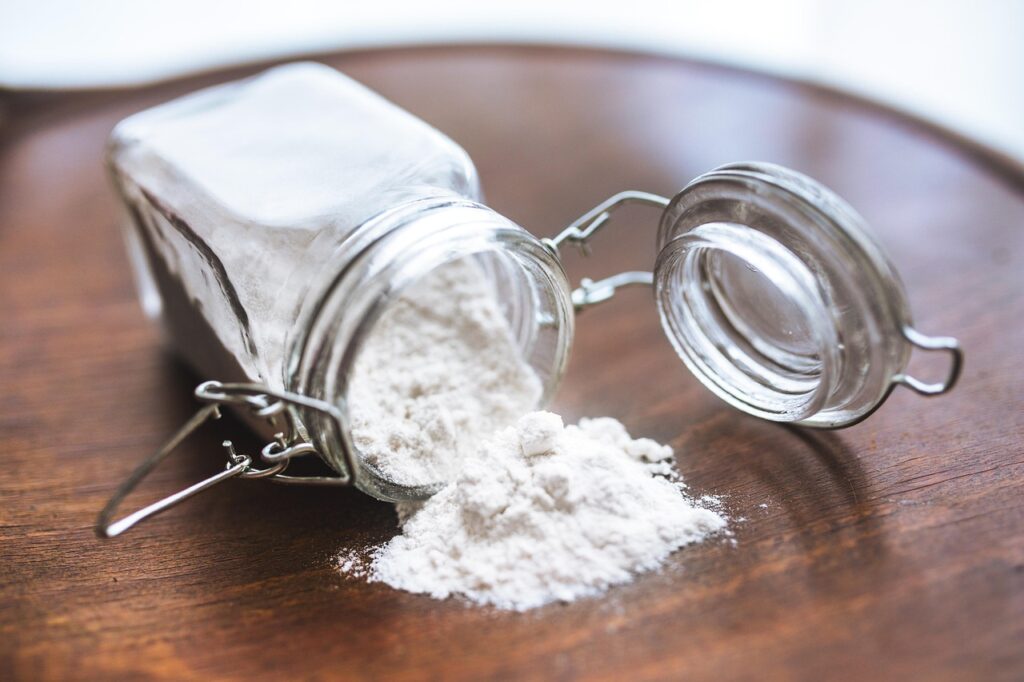
If you prefer a DIY approach, making your own baking powder is simple. Here’s a step-by-step recipe:
- Combine 1 teaspoon of baking soda with 2 teaspoons of cream of tartar.
- Add 1 teaspoon of cornstarch to keep the mixture dry and free-flowing.
- Mix well and store in an airtight container for future use.
This homemade version can be used in any recipe that calls for baking powder, ensuring you have a fresh supply on hand.
Common Baking Powder Substitute Mistakes to Avoid
When using substitutes, it’s easy to make mistakes that can affect the outcome of your baked goods. Here are common pitfalls to avoid:
- Using Incorrect Ratios: Always measure accurately. Using too much or too little can lead to flat or overly dense baked goods.
- Ignoring Flavor Impact: Some substitutes, like vinegar and yogurt, can alter the flavor profile. Choose wisely based on the recipe.
- Not Adjusting Liquid Ingredients: When using liquid substitutes like buttermilk or yogurt, reduce the other liquids in your recipe to maintain the right consistency.
- Using Expired Ingredients: Ensure that your baking soda and cream of tartar are fresh for optimal results.
Final Tips for Successful Baking Without Baking Powder
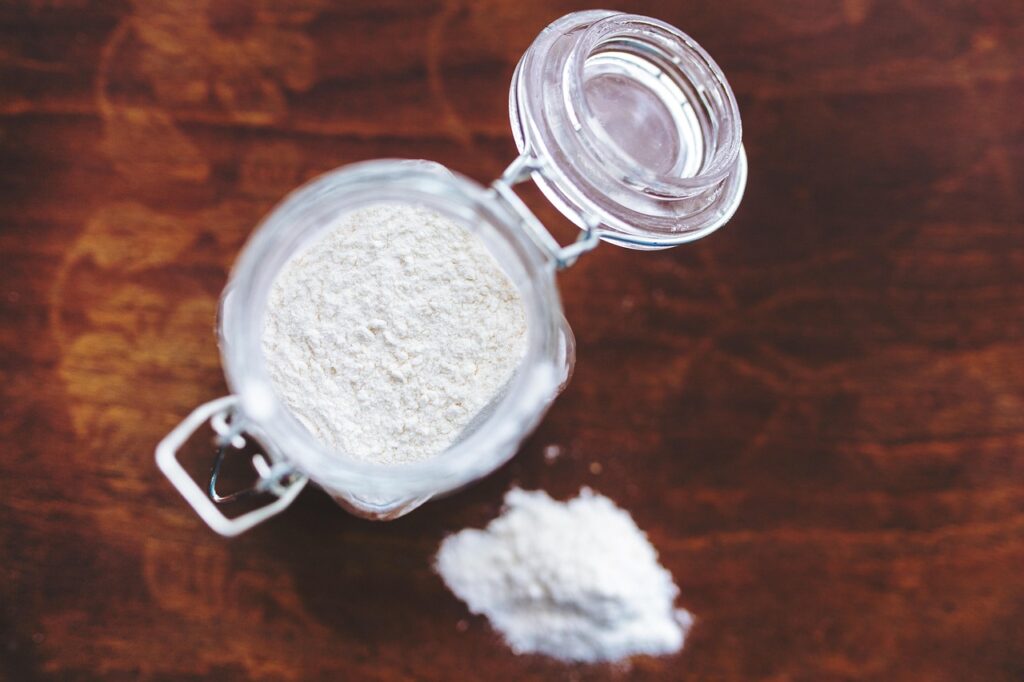
Here are actionable tips to ensure your baking endeavors are successful, even without baking powder:
- Always test your substitutes in small batches first to gauge their effectiveness.
- Consider the overall flavor of your recipe when selecting a substitute.
- When in doubt, opt for a combination of baking soda with an acid, as this is the most reliable method for leavening.
- Store homemade baking powder in a cool, dry place to maintain its potency.
Understanding how to effectively substitute baking powder empowers you to continue baking, even in a pinch. With these alternatives and tips, you can confidently tackle any recipe and achieve delightful results.
